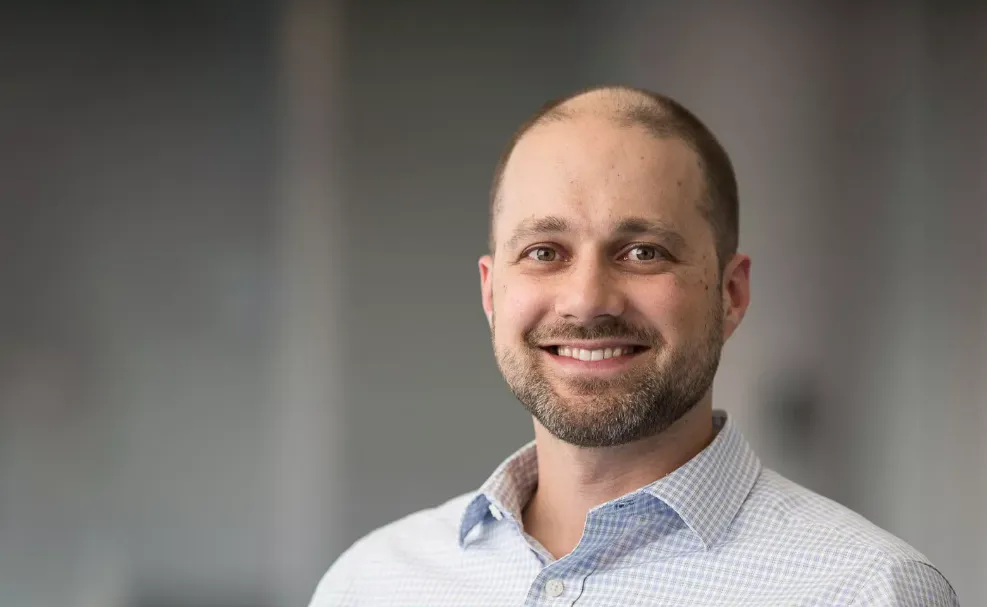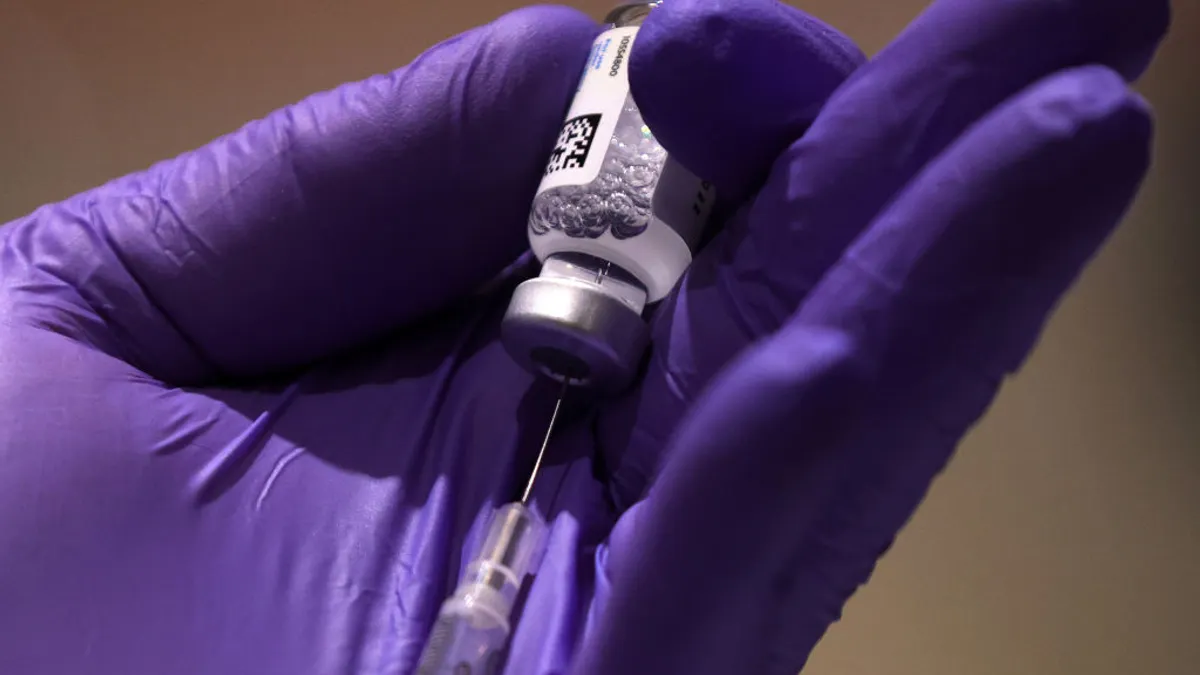Not too long ago, neuroscience was a disappearing field in the life sciences, with pharma giants like Pfizer, Amgen and others greatly reducing their presence and even leaders like Eli Lilly and Merck & Co. taking a step back. Now, with clinical and regulatory advances in Alzheimer’s disease, ALS, depression and more, the brain is once again a place investors are staking a claim.

The truth is, venture capitalists have been working behind the scenes to bring new treatments to the table, despite Big Pharma’s reticence of the risk-benefit pitfalls in neuroscience drug development. For the SV Health Investors-managed Dementia Discovery Fund, which had over $500 million in committed capital to invest in the space, that means focusing on science outside the mainstream to bet on the next wave of advances.
“We have a huge demographic and a huge unmet medical need, and DDF was created to invest in new companies with a diversified pipeline of dementia therapeutics,” said Jonathan Behr, partner at SV Health Investors and co-head of the DDF strategy. “The conceit was that the large pharmaceutical companies were focusing a lot of their resources on the same mechanisms like anti-amyloid antibodies and over-investing in a really narrow set of drugs.”
The investment exodus from neuroscience is often blamed on its high failure rate compared to therapeutic areas like oncology and immunology. But in reality, Behr said, the slower investment was a result of “a lack of fundamental understanding of the underlying disease.”
Factors like difficult drug delivery, low target engagement, a lack of biomarkers and an inability to biopsy held neuroscience back while therapies for cancer and inflammation thrived, Behr said. In particular, risky and expensive clinical trials that stretched on with only symptomatic endpoints drove investors away.
Over time, that’s changed, Behr said.
“Each of those challenges has been addressed in some way,” Behr said. “Our understanding of neurodegenerative diseases has taken a quantum leap forward, and the platforms and tools we have to target the brain are fundamentally different.”
Stepping stones
New drugs in Alzheimer’s disease like Leqembi from partners Eisai and Biogen, as well as Eli Lilly’s late-stage donanemab, have signaled a return to effective neurological drugs for large pharmas. But even as these drugs show unprecedented efficacy, there’s always room to improve outcomes for a large, untreated population, Behr said.
“We need to be realistic that we were never going to cure any of these diseases with a single drug,” Behr said. “Having a drug that meaningfully slows disease progression for select patients is really important and meaningful to the patient community, yet still leaves a lot of opportunity and need for pharmaceutical or biotech companies to address with new drugs.”
Among DDF’s portfolio are clinical-stage companies like Therini Bio, which is focused on reducing inflammation in the brain thought to contribute to Alzheimer’s disease; Cerevance, which has multiple CNS candidates, including one targeting proteins that lead to cell death; and Alector, a biotech harnessing the immune system to treat diseases of the brain.
DDF has chalked up some recent successes, as well. Alector, along with Big Pharma partner GSK, snagged an FDA breakthrough designation for an early onset dementia candidate. Cumulus Neuroscience enrolled the first patient in a study of an early detection method for Alzheimer’s, and Caraway Therapeutics welcomed an acquisition by pharma giant Merck & Co.
And nowhere in DDF’s slate of VC investments will you find a company with anti-amyloid ambitions.
“Back to the premise of DDF, the perception was that large pharma had that covered,” Behr said. “There were so many anti-amyloid strategies, whether they be antibodies or vaccines … and our mission was to see what's next, to develop that diversified portfolio beyond anti-amyloid therapies.”
A specialized approach
Specializing in such a pinpointed area of the life sciences like dementia can be risky, but it’s the kind of risk that pays off for VCs that put science first, said Behr, who holds a doctorate in bioengineering and spent time in neuroscience company creation before joining DDF in 2019.
“By being a specialty fund, we can assemble the expertise, the know-how, the people and the partners so that not only can we identify the best investments in the space, but we can also help actively manage them so that they have the highest likelihood of success,” Behr said. “Especially in a space like neurodegenerative disease, we think that expertise is critical.”
“Our understanding of neurodegenerative diseases has taken a quantum leap forward, and the platforms and tools we have to target the brain are fundamentally different.”

Jonathan Behr
Partner, DDF
And despite a focus on neuroscience, the fund contains a good deal of diversity, from Alzheimer’s to ALS to Parkinson’s disease, that a generalist investor would be less aware of, Behr said.
Since the fund’s launch in 2015, there has been a critical shift in how pharmas of all sizes — including those that once stepped away — are looking at the neuroscience field.
“To use Alzheimer’s as an example, we now have a market that didn't exist, a patient population that wasn't being addressed, and all of a sudden you have a potential step change and an opportunity to provide benefit,” Behr said.





















